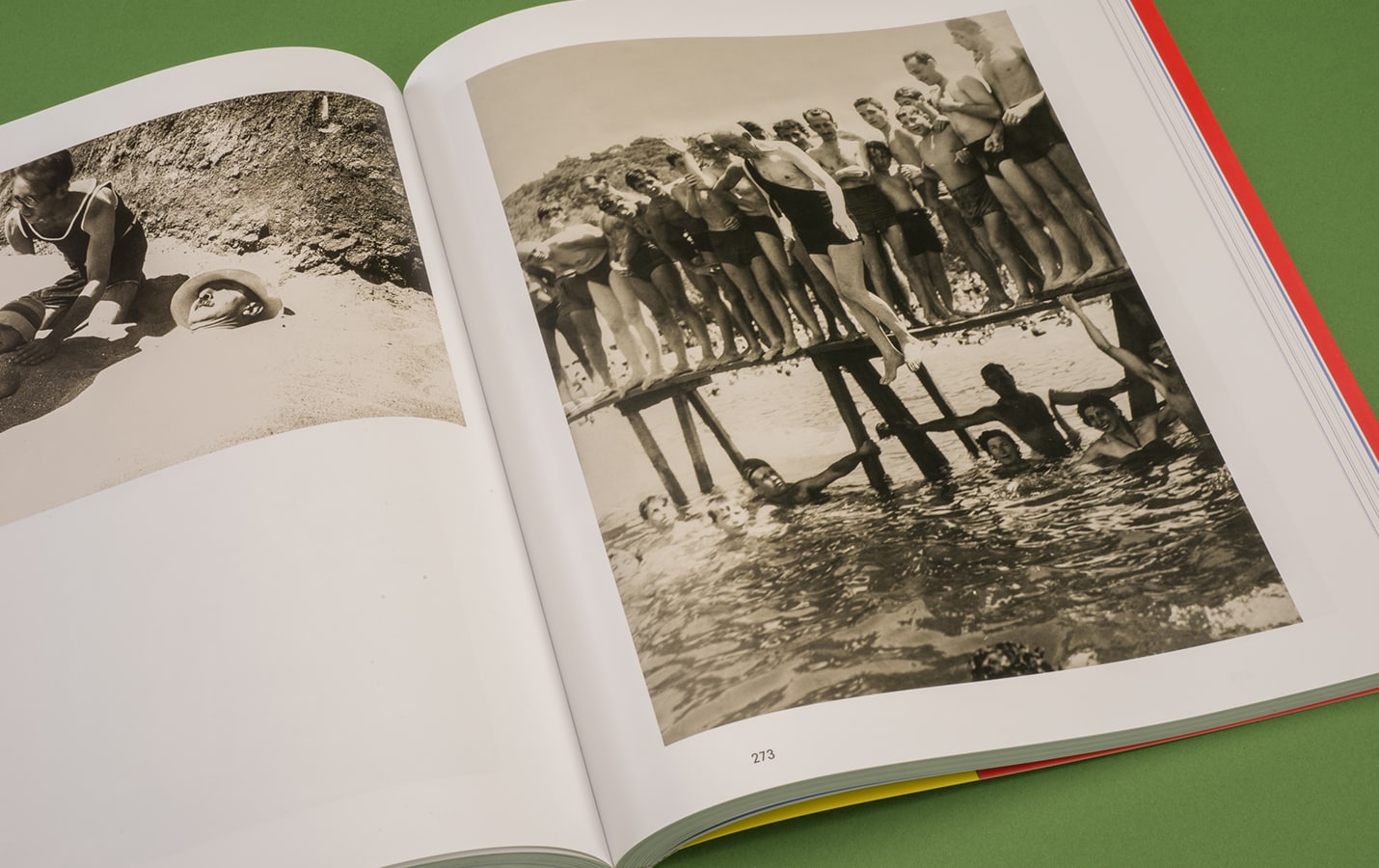April 5 - August 26, 2018
The First World War played a critical role in shaping the transformation of the Ottoman people’s relationship with the sea. Swimming in the sea, regarded as a matter of privacy, was considered wrong and even illegal for a long period. During the second half of the nineteenth century, the inhabitants of a waterside city like Istanbul had to make do with “sea baths” that were enclosed with wooden panels, despite the effect of Westernization. As secularism was embraced within the founding of the Republic, individuality would become socially visible and free, leading to a more intimate relationship with the sea.
The change from sea baths to beaches was nothing less than a revolution. The White Russians escaping the Revolution in Russia caused numerous transformations in Istanbul, arguably the most important being beach habits that brought the people to the sea. The inhabitants of the city were quick to get used to beachgoing and the activity created its own forms of fun, fashion, and culture in time. Once the sea became part of urban life, Istanbul developed a unique sense of freedom as well. The golden era of beach culture lasted until the 1960s, after which the rapid sociological change in Istanbul took its toll.
Curated by Zafer Toprak, the Istanbul’s Seaside Leisure exhibition brought together photographs, magazines, comics, objects, and books from various private and institutional collections, and told a nostalgic story while also addressing the change and socialization of the norms of how Istanbulites used their free time. Istanbul’s Seaside Leisure was a documentary testament of the radical transformations in the Republic’s lifestyle.
Exhibition Catalogue

Istanbul’s Seaside Leisure: Nostalgia from Sea Baths to Beaches analyzed Istanbulites’ relation with the sea and swimming from a cultural and sociological perspective. It scrutinizes the transformations of this relation, which started with the sea baths in the second half of the 19th century and continued till the mid-20th century.
Video

Istanbul’s Seaside Leisure: Nostalgia from Sea Baths to Beaches exhibition brought together photographs, magazines, comics, objects, and books from various private and institutional collections, and told a nostalgic story while also addressing the change and socialization of the norms of how Istanbulites used their free time. Istanbul’s Seaside Leisure was a documentary testament of the radical transformations in the Republic’s lifestyle.
Tuesday - Saturday 10:00 - 19:00
Friday 10:00 - 22:00
Sunday 12:00 - 18:00
The museum is closed on Mondays.
On Wednesdays, the students can
visit the museum free of admission.
Full ticket: 300 TL
Discounted: 150 TL
Groups: 200 TL (minimum 10 people)